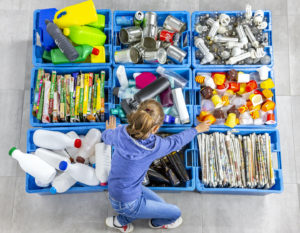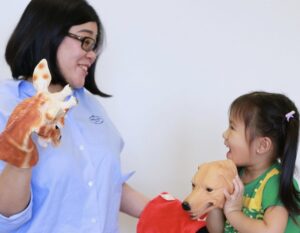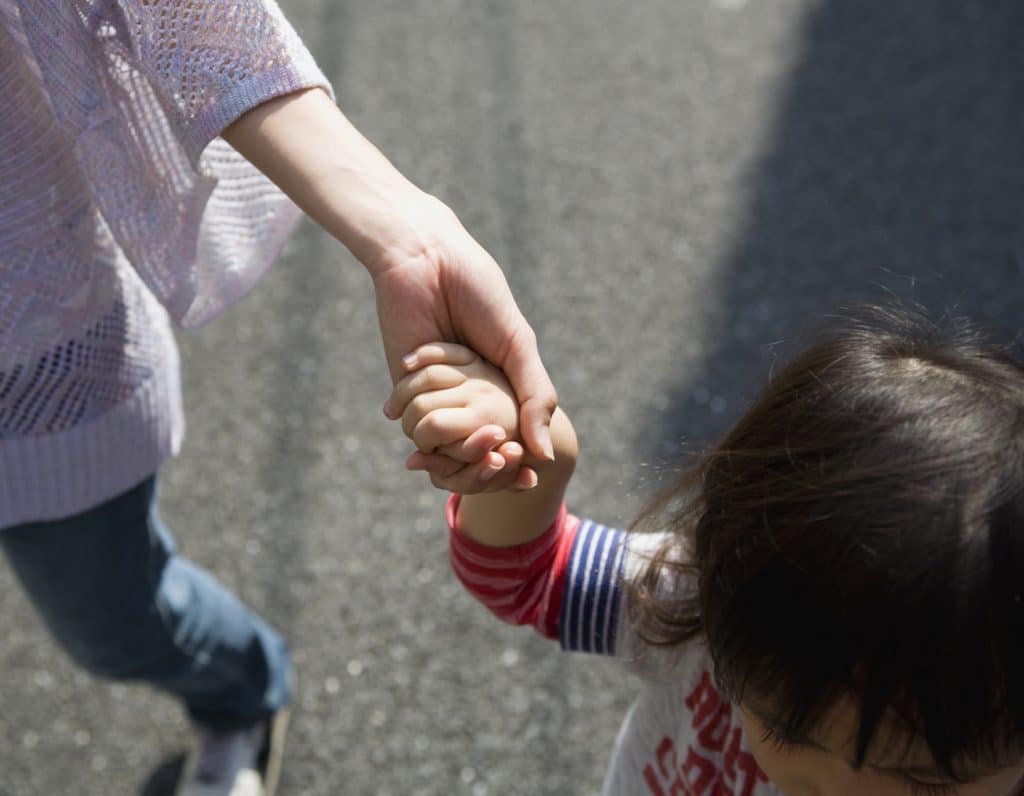
Are your kids nervous about their first day of school? Or maybe they have back-to-school anxiety? Here’s how to ease school drop-off tears and how to know when separation distress is more of an anxiety disorder
For many kids, the first day of school, or going back to school (and getting back into the school routine) can bring on feelings of dread. Here are Psychologist Pip Johnson’s tips on how to ease separation distress, what not to do, and when normal separation distress becomes separation anxiety disorder.
Back to school anxiety – what NOT to do
There are really only two big things to avoid when it comes to separation anxiety – giving in, and sneaking out! Research shows that giving in to children’s separation anxiety by allowing them not to attend school will not help their anxiety in the long run, and may make it worse. Small allowances such as reducing the length of the school day are ok, but it is really important that the child still goes to school so they get through the ‘separation’ and discover that everything turns out ok. Saying goodbye is hard, but it is much harder for your little one when they look up and realise you’ve snuck out. To build trust and feelings of security, we need to tell our little ones that we’re leaving, and can use our goodbye ritual to help them feel loved and supported.
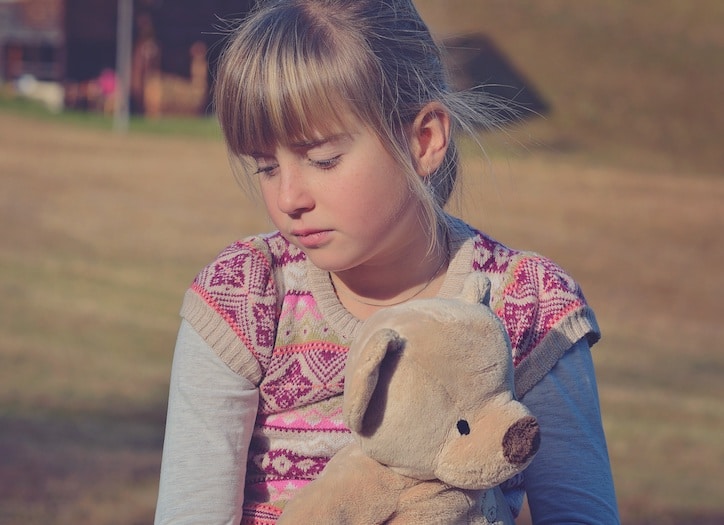
Tips for easing separation distress
Many of these tips rest on the principle of trying to bridge the gap between home and school life…anything you can do to bring aspects of home into the classroom and vice-versa will help ease separation fears.
- Talk about school so they know what to expect – sounds simple, but sometimes in our busy lives we forget! This includes talking about how normal it is to feel nervous going somewhere new. If they are going to a new school, try and visit the school or show them photos online.
- Once they have started, try and find a way to bring aspects of their school day home. You could learn their good morning song and sing it at home, or talk about their teacher and their friends from school.
- Develop a goodbye ritual that is fairly quick but tells them what’s happening and makes them feel loved – little kids don’t understand time, so this needs to be anchored around activities, like “after you have afternoon tea I/Dad/Auntie will be here to pick you up”. It should also include something fun that they look forward to (see my next point below).
- I have adopted ‘magic kisses’ and my little 3-year-old loves it! It goes like this: kiss the palm of each hand 5 times and wrap their little hands up to ‘catch’ the kisses. Tell them that they now have your magic kisses with them all day so if they are feeling sad or miss you, they can put their hand to their cheek, and they will have a kiss from you.
- Kids have a great imagination! Help them create an imaginary protector who helps look after them while you’re not there.
- Let them take something special to school with them like a stuffed toy or photo of you. If they are not allowed to have it in class with them, it can help just to know it is with them in their bag.
- Teach them some of the following ways to calm down if they feel upset:
- Taking 3 big breaths in and ‘blowing out the candles’ to breathe out
- Counting to 10
- Rubbing their tummy to make the butterflies feel safe
- Singing ‘round and round the garden’ while making circles in their own hand
- Stay calm and relaxed yourself – our kids are perceptive, and if your little one senses that you are worried, that will add to the worry they feel.
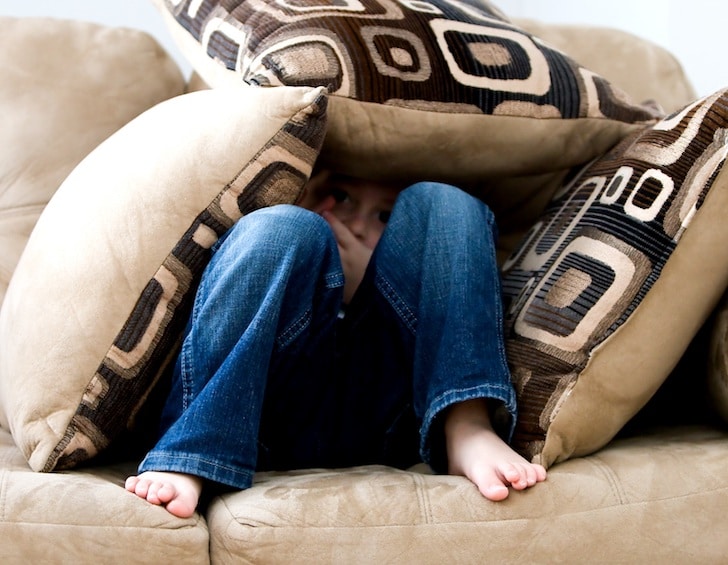
When does normal separation distress become separation anxiety disorder?
Separation distress is completely normal for small children between the ages of 1-4 years. Most children will grow out of it past this age, but for about 4% of kids, their anxiety is so intense that it is considered Separation Anxiety Disorder (SAD). SAD is characterised by excessive and developmentally inappropriate anxiety when separated from a primary caregiver.
Symptoms of SAD include excessive worry that something bad may happen to their caregiver, avoidance of situations where they need to be away from their caregiver or be alone, and physical symptoms when separation occurs or is anticipated. These symptoms must cause significant impairment and be present for at least 4 weeks to meet the diagnosis of SAD. If you think your little one may be suffering from SAD, reach out to a psychologist for help.






 View All
View All
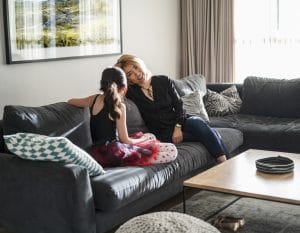



 View All
View All
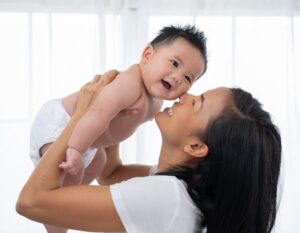



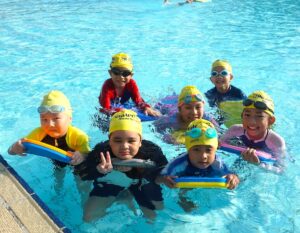




 View All
View All



